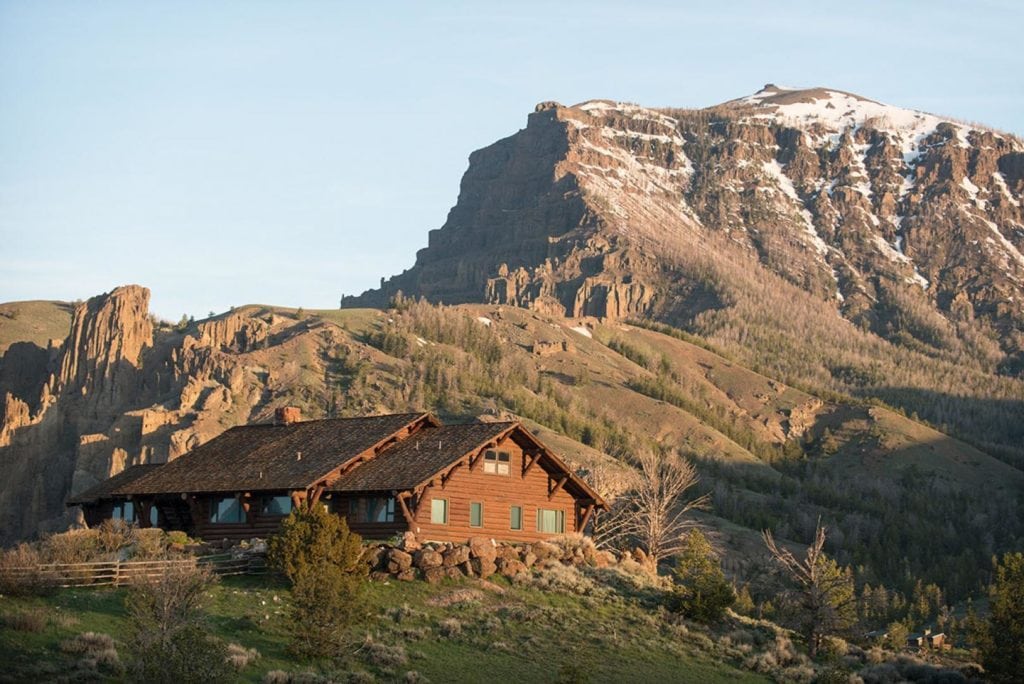
Written by Mike Mcdonnell, ARA | Hall and Hall • Licensed Appraiser
While Webster’s New World Dictionary defines a ranch as “a large farm, especially in the Western U.S., for raising cattle, horses, or sheep,” the fact is that this traditional definition of a ranch only scratches the surface of what transpires on many of today’s larger western properties.
Raising livestock and agricultural production often remain primary concerns but in today’s dynamic market, other factors like recreation and scenic amenities are becoming just as important when considering the value of the property. Because technology now allows individuals to work and live in areas that were once considered too remote and isolated, media moguls and institutional investors are entering the market and changing the game. For this emerging group of buyers, purchase decisions are rarely driven by income potential. Subsequently, the market has shifted away from one that was purely production driven, to one that is influenced by a whole new set of variables including spike in demand.
Ranch properties are large and diverse, each with its own unique physical features and characteristics. A mix of internal and external factors like location, topography, productivity, recreation, commodity markets, interest rates, and inflation still often influence the demand for ranch properties but many of the factors that drive the “new” ranch market are not easily quantified. Livestock production is more frequently becoming a minor part of the property value while highly subjective factors are holding more stock. Analysis of the impact of other qualitative factors on value is highly subjective and difficult to quantify requiring an in depth analysis of each sale. This is compounded by the variability of many of these factors over time and amongst individual buyers.
Given the many unique features and characteristics encompassed by ranch properties, finding truly comparable properties in a market that is characterized by scarcity can be difficult and requires a depth of knowledge and experience to make the appropriate adjustments. Yet amidst the complexity, one simple fact remains: ranch ownership continues to draw a great deal of interest from competing uses.
Understanding the background and motivations of buyers and sellers is key to interpreting market data. Unlike other professional industries, the appraisal of ranch properties requires in depth analysis of market data that is often not readily available. Accurate interpretation of this limited data requires creativity and a unique skill set that allows one to be able to dig below the numbers to truly understand the dynamics of this unique marketplace.
Staying abreast of ancillary market influences in ever-changing economic conditions requires a broad professional network to tap into. Finding an appraiser who not only understands the numbers but also the differences in value from one area to another is a critical part of making an informed decision. Being part of the appraisal team at Hall and Hall, formed entirely of Accredited Members of the American Society of Farm Managers and Rural Appraisers® (ASFMRA®), provides us with that critical network of brokers and lending professionals.


